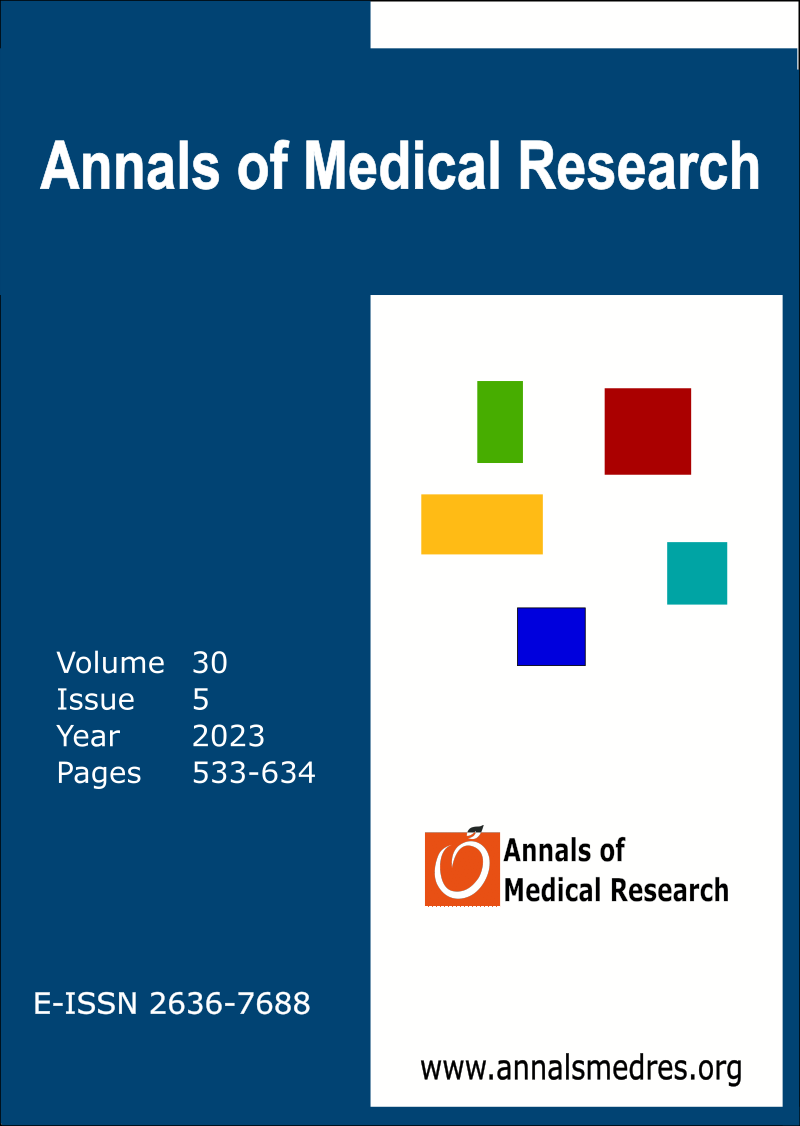Effectiveness of extracorporeal shock wave therapy according to plantar calcaneal spur types
Keywords:
Heel pain, Calcaneal spur, Extracorporeal shock wave therapyAbstract
Aim: The aim of this study is to group patients with plantar heel pain and calcaneal spurs detected via lateral foot x-rays based on the angle between the spur and the calcaneus and compare the efficacy of an Extracorporeal shock wave therapy (ESWT) treatment between these groups.
Materials and Methods: The patients were divided into three groups based on the measurement the angle between the plantar calcaneal spur and the calcaneus. Those with a measured angle of <30° were classified as Group 1, ranging between 30–60° as Group 2, and >60° as Group 3. Demographic characteristics, spur length, visual analog scale (VAS) and foot function index score (FFI), and pain and function evaluation were used as the pre-and posttreatment data in each group.
Results: Out of the 170 patients, 96 (56.5%) were included in Group 1, 65 (38.2%) were in Group 2, and 9 (5.3%) in Group 3. The posttreatment VAS and FFI scores of the patients were significantly lower than the pretreatment scores (p<0.001). It was determined that the highest and lowest VAS and FFI score changes in the posttreatment period was in Group 3 and Group 1, respectively. In the correlation analysis, a positive correlation was found between the measured angle value and pretreatment VAS and FFI scores, age, and spur length.
Conclusion: ESWT is an effective treatment method for calcaneal spurs, but further studies are needed on PCS classifications and the efficacy of the treatment selected based on these classifications.
Downloads
Published
Issue
Section
License
Copyright (c) 2023 The author(s)

This work is licensed under a Creative Commons Attribution-NonCommercial-NoDerivatives 4.0 International License.
CC Attribution-NonCommercial-NoDerivatives 4.0






